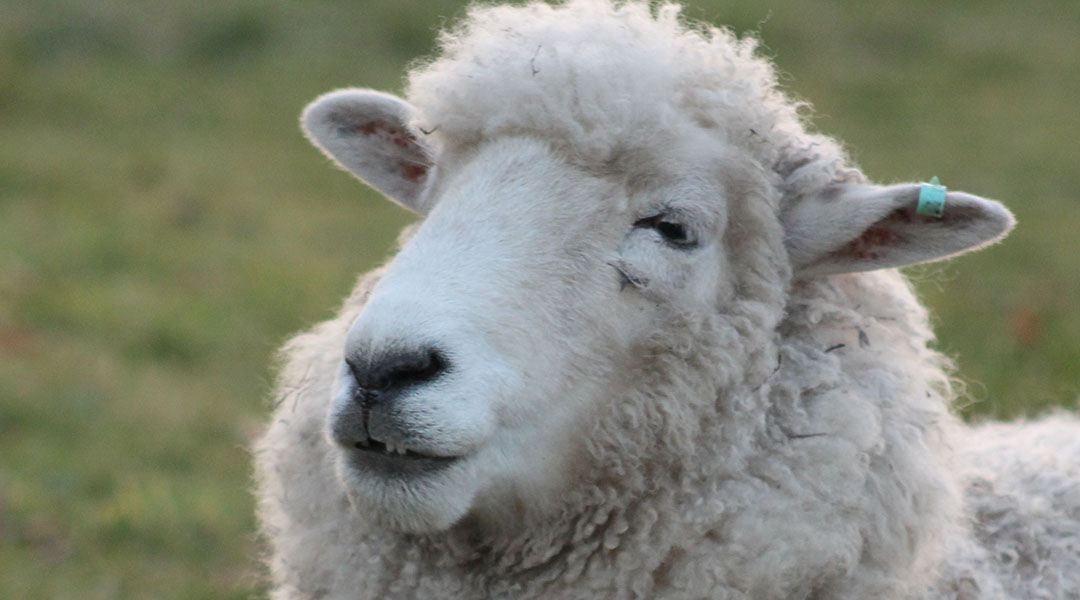
Pain relief in sheep has been front of mind this year, with a focus on treating both shearing cuts and lambs at tailing. Reducing pain is great for welfare, but it also makes economic sense when it allows animals to return to normal behaviour in less time. Each season we are getting more information about practical ways to achieve pain relief, and below is a summary of some of the current options and our recommendations.
The most commonly used pain relief in sheep is the anti-inflammatory active meloxicam. This treats pain and inflammation throughout the body, and is available in injectable and oral forms (Metacam® and Buccalgesic®). Useful applications in adult sheep include for lambing and shearing injuries, bearings, lameness and post-surgical pain. Meloxicam will not prevent pain if given right at the time of an injury, but rather it will help in the hours and days afterwards. Metacam® has also been used at tailing on a number of farms with NZ Merino contracts. Treating lambs is not without risks, so a good discussion with your key farm veterinarian each season is recommended, to ensure dose rates are right and to identify any issues. It is important to understand weights of lambs and to dose accordingly. There may be a large variation between the largest and smallest lamb in a tailing pen.
A useful treatment for wounds is the gel spray TriSolfen®, which contains short-and long-acting local anaesthetic as well as antiseptics and adrenaline to reduce bleeding. This can be applied directly to wounds, and it is a great addition for the treatment of possible injuries in the shearing shed.
Injectable local anaesthetic numbs pain directly, and has been shown to significantly reduce painful behaviour in male lambs at castration. A commercial product (Numnuts®) has been available for several seasons, while other forms of local would require a training visit from your veterinarian, similar to that provided for dehorning. Numnuts® however, has been registered for sheep, and is a fairly simple device to use. It is a combination device that applies a rubber ring and injects local at the same time, which makes it well worth considering.
As veterinarians, we want to help ensure that changes to on-farm practice are both practical and achievable. Pain relief at tailing is probably the issue most likely to see continued change, and we will be gathering data and experiences this season to help develop industry knowledge. Please reach out to your Vetlife veterinarian if you would like to discuss any of this topic in greater depth.